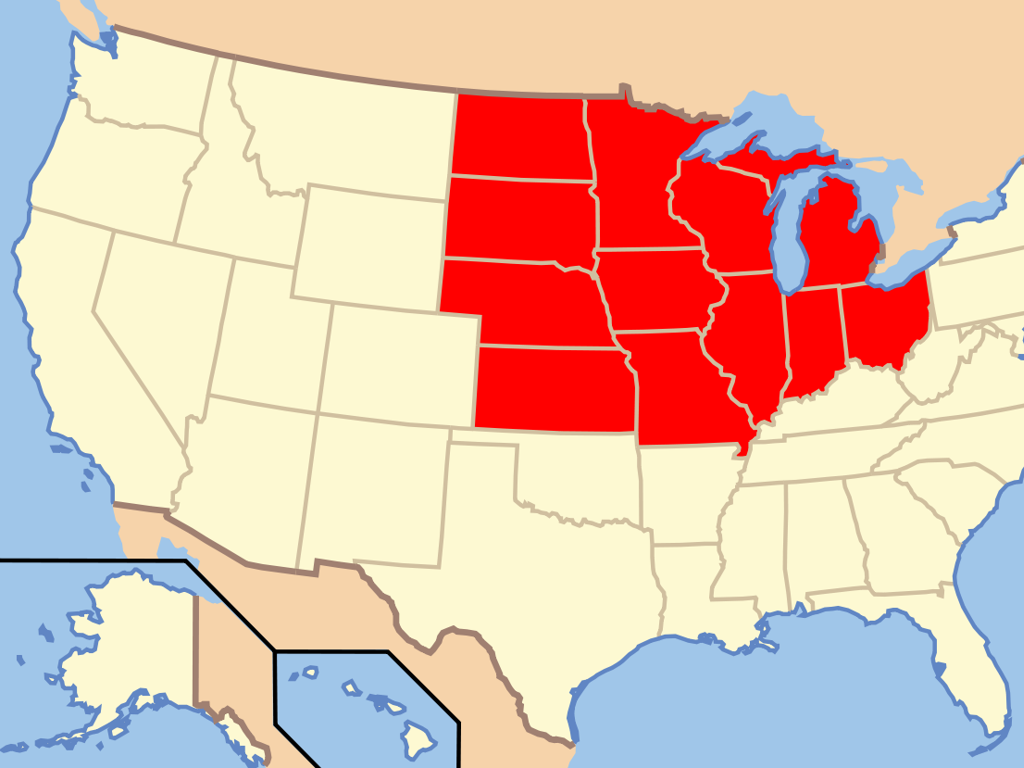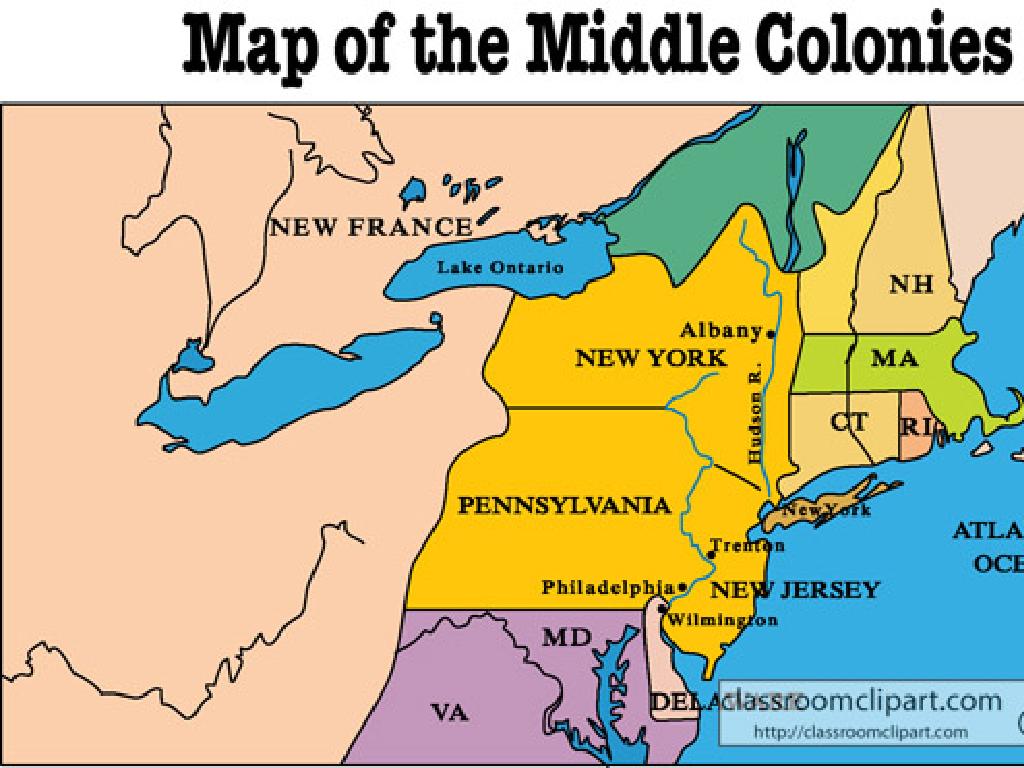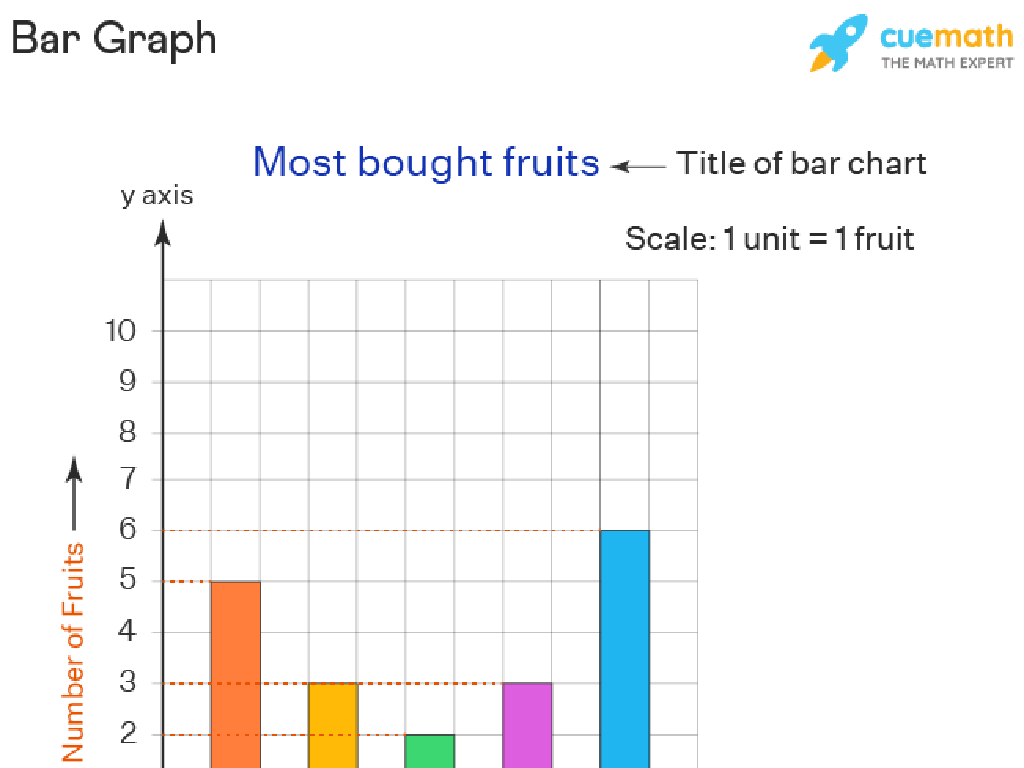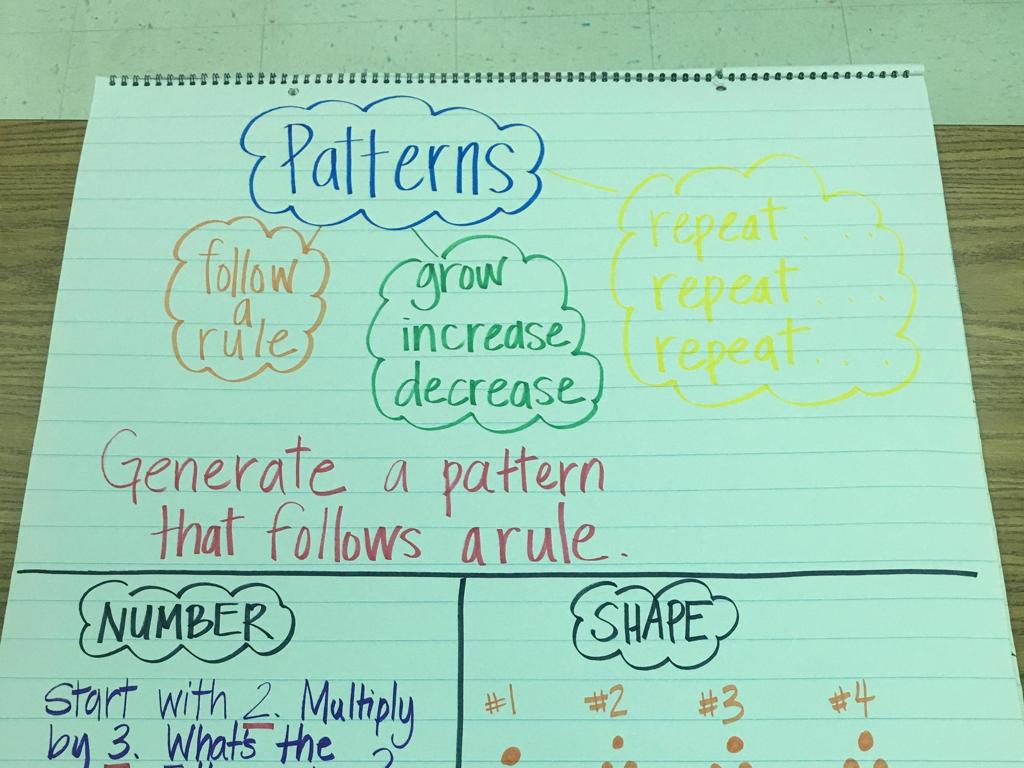Sale Prices: Find The Original Price
Subject: Math
Grade: Seventh grade
Topic: Consumer Math
Please LOG IN to download the presentation. Access is available to registered users only.
View More Content
Finding the Original Price
– Understanding sales and discounts
– A sale price is the reduced cost of an item, a discount is the amount saved.
– Math’s role in daily shopping
– Use percentages and subtraction to figure out how much you’re spending or saving.
– Calculating original prices
– To find the original price, divide the sale price by the percentage of the sale (1 minus discount rate).
– Real-world application
|
This slide introduces students to the concept of sales and discounts in the context of consumer math. It emphasizes the importance of understanding how to calculate the original price of an item when given the sale price and the discount rate. This is a practical skill that students can apply in everyday shopping to become savvy consumers. Provide examples of common discounts and have students practice calculating the original price of various items. For instance, if a $50 shirt is 20% off, what was the original price? This real-world application helps students see the value of math in their daily lives.
Understanding Sale Prices
– Define sale price
– The reduced price of an item on promotion
– Sale vs. original price
– Sale price is often less than the original due to discounts
– Store sale price examples
– ‘50% off’ tags on clothes, ‘Buy 1 Get 1’ offers on shoes
– Calculating original prices
– Reverse calculate from sale price to find the original
|
This slide introduces the concept of sale price within the context of consumer math. Begin by defining what a sale price is and how it represents a reduction from the original price due to promotions or discounts. Highlight the difference between sale and original prices, emphasizing that the original price is the amount before any discounts. Provide relatable examples from everyday shopping experiences, such as half-price deals or buy-one-get-one offers. Teach students how to calculate the original price from the sale price by considering the percentage of the discount. This foundational knowledge is crucial for understanding consumer math and making informed purchasing decisions.
Understanding Discounts: Finding Original Price
– What is a discount?
– A reduction from the usual cost of an item.
– Representation of discounts
– Discounts can be shown as a percentage off, like 20% off.
– Calculating discount amount
– Subtract the discount value from the sale price to find the discount amount.
– Finding original price
– Divide the discount amount by the discount rate to find the original price.
|
This slide introduces students to the concept of discounts in consumer math. Begin by explaining that a discount is a reduction in the price of an item, often used to encourage sales. Show how discounts are typically represented as a percentage of the original price. Teach students how to calculate the amount of money saved by multiplying the original price by the discount rate. Then, guide them through the process of finding the original price by dividing the discount amount by the discount rate. Provide examples with different discount rates and sale prices to ensure understanding. Encourage students to practice with real-life examples, such as calculating the original price of a discounted toy or piece of clothing.
Calculating Original Price
– Understanding the formula
– Original Price = Sale Price / (1 – Discount Rate)
– Reverse calculation from sale price
– To find the original price, divide the sale price by the complement of the discount rate.
– Example: Item on sale
– If a $30 item is 25% off, what was the original price?
– Practice problem
– Solve: Original Price = $30 / (1 – 0.25)
|
This slide introduces students to the concept of calculating the original price of an item before a discount is applied. Start by explaining the formula, where the original price is equal to the sale price divided by one minus the discount rate. Emphasize the importance of understanding the discount rate as a decimal. Use a real-world example to illustrate the process, such as finding the original price of an item that is currently on sale. Provide a practice problem for students to apply the formula, reinforcing the concept. Encourage students to think critically about the steps involved and to check their work by calculating the sale price from their found original price.
Calculating Original Price from Sale Price
– Sale price of shirt: $35
– Discount given: 30%
– Calculate original price
– Use the formula: original price = sale price / (1 – discount rate)
– Step-by-step guide
– We’ll go through the calculation together in class
|
This slide is designed to engage students in a practical application of percentage calculations in the context of consumer math. The example provided is relatable and helps students understand the concept of finding the original price of an item before a discount is applied. The step-by-step calculation will involve dividing the sale price by the complement of the discount rate (1 minus the discount rate). This exercise will reinforce their understanding of percentages and provide a useful skill for real-life shopping scenarios. Encourage students to follow along with the calculation and to try similar problems as homework.
Group Activity: Price Detective Scavenger Hunt
– Form small detective teams
– Receive your set of sale items
– Calculate original prices
Use the formula: original price = sale price / (1 – discount rate)
– Present your findings
|
This group activity is designed to encourage collaboration and application of discount and percentage concepts. Divide the class into small groups and provide each with a set of items with sale tags showing the sale price and the discount rate. Students will use the formula to work backwards and find the original price of each item. After calculations, each group will present their findings, explaining how they arrived at the original prices. This will reinforce their understanding of percentages and consumer math. Possible variations for different groups could include items with different discount rates or additional challenges like calculating sales tax.
Class Discussion: Strategies and Applications
– Discuss strategies used
– Share challenges faced
– Real-life application of knowledge
– How might knowing how to find the original price help when shopping or budgeting?
– Reflect on the learning process
|
This slide is meant to facilitate a class discussion on the strategies students used to find the original price before a sale, the challenges they encountered during the process, and how they can apply this knowledge in real-life scenarios such as shopping or budgeting. Encourage students to think critically about the steps they took and to share any difficulties they had, fostering a collaborative learning environment. Highlight the importance of understanding consumer math in everyday life, and ask students to provide examples of how they might use this skill outside of the classroom. This reflection will help solidify their understanding and the practicality of the math concepts they’ve learned.
Homework: Calculating Original Prices
– Complete the worksheet with 5 problems
– Find original prices before sales
– Use the formula: original price = sale price / (1 – discount rate)
– Due next class for discussion
– Apply methods from today’s lesson
– Review today’s examples to guide you
|
This homework assignment is designed to reinforce the concepts learned in today’s lesson on finding the original price of items before a sale. Students are provided with a worksheet containing 5 problems that require them to apply the formula for calculating the original price. It is crucial for students to understand how to work backwards from the sale price by considering the discount rate. Encourage students to refer back to the examples and explanations provided during the lesson. The completed worksheet will be reviewed in the next class to ensure understanding and to address any difficulties students may have encountered.
Wrapping Up: Original Prices
– Recap on original price calculation
– Review the steps to backtrack from a sale price to an item’s original cost.
– Consumer math in everyday life
– Understanding discounts and markups helps with budgeting and smart shopping.
– Apply learning to real scenarios
– Use your skills to calculate prices during shopping or in planning a budget.
– Keep practicing with actual examples
|
As we conclude, it’s important to review the methods we’ve learned to find the original price of an item before a discount was applied. This skill is a practical aspect of consumer math, which is essential for making informed financial decisions in daily life. Encourage students to practice by looking at sales and discounts in real-life shopping scenarios, such as in stores or online, and trying to determine the original prices. This will help solidify their understanding and show them the value of math outside the classroom. Provide examples like calculating the original price of a discounted toy or piece of clothing to make the activity relatable and engaging.






